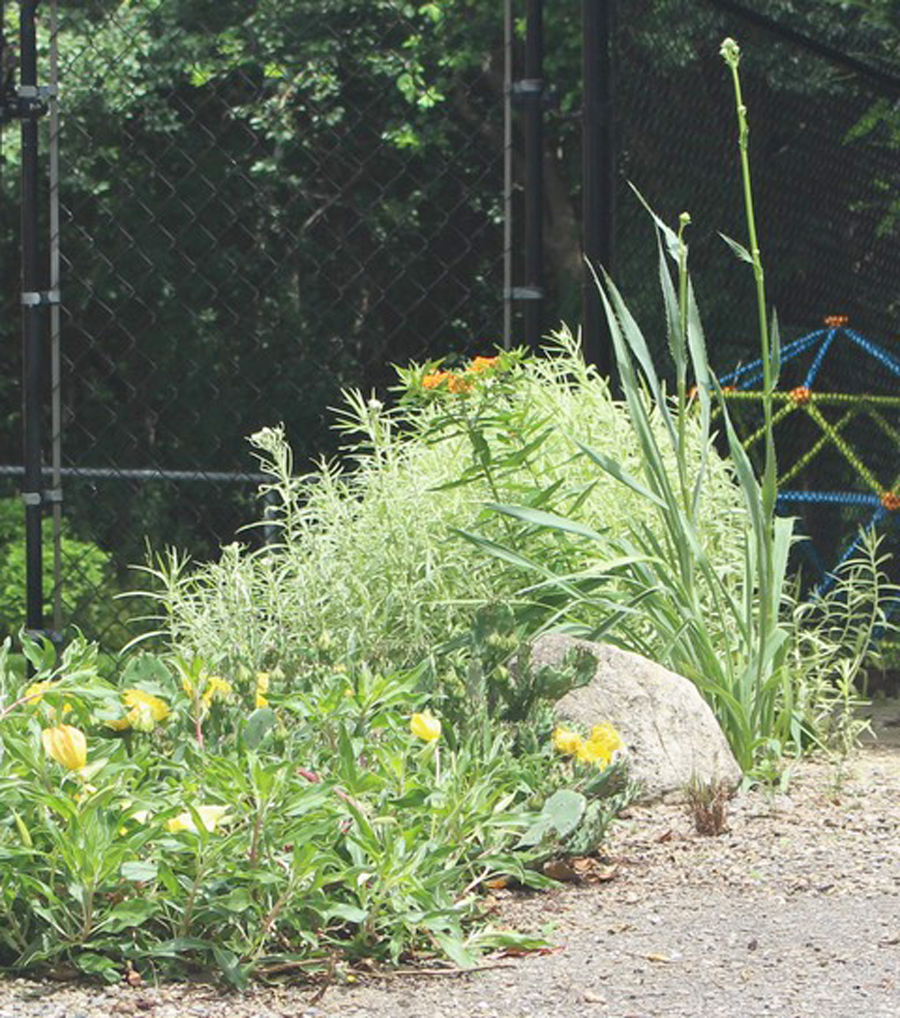WELLINGTON COUNTY – The glaciers that formed the topography of Wellington County left areas of sand and gravel deposits that created dry, rocky areas in gardens.
Have you looked at those areas and wondered “What will grow there?” Or do you have an old gravel driveway or a patio edge in full sun and with little soil that is a gardening challenge?
Scree gardens
Scree is boulders, stones and gravel that accumulates at the bottom of cliffs.
Scree is often found in the Bruce Peninsula, and we can look to the native plants growing there when planning a dry, sun garden.
The plants that grow in those sunny, gravelly areas are generally low growing and often have leathery, gray or hairy leaves all the better to conserve moisture.
There are species for flowers throughout the season and most will attract pollinators and provide food for larvae.
If you don’t have a gravelly area, you can create a scree garden.
Pick a sunny area, ideally with well-drained soil, and dig out the existing soil to a depth of 15 cm (deeper if the existing soil is clay).
Layer 5cm of 6mm gravel, then fill with an equal mix of sand, limestone chips and topsoil. Nestle small rocks into the mix and add a small boulder or two.
You can then add plants and finish with 1cm to 2cm of pea gravel as mulch.
A raised bed can also be built with the same layers, tapering the edges to the level of the surrounding soil.
Larger rocks can be used to help retain the soil but be careful to use rocks of a variety of sizes and to arrange with a natural appearance not arranged in a line or circle.
Scree garden plants
– Anaphalis margaritacea (pearly everlasting). 60-100cm. Silvery leaves, white flowers midsummer.
– Anemone cylindrica (long headed thimbleweed). 60-100cm. White June flowers.
– Antennaria neglecta (pussytoes). Low ground cover, white spring flowers;
– Asclepias tuberosa (butterfly milkweed) 60cm. Orange early summer fowers.
– Coreopsis lanceolata (Lanceleaf Coreopsis) 40-60cm. Spring/summer yellow flowers;
– Oenothera missouriensis (Missouri evening primrose). 30cm. Spring/summer yellow flowers;
– Opuntia humifusa (eastern prickly pear) 20cm. Hardy cactus, large yellow flowers
– Penstemon hirsutus (Hairy Beardtongue). 30-50cm. Spring/summer light violet flowers.
– Ratibida columnifera (Mexican hat) 60cm. Yellow/red summer flowers
– Solidago nemoralis (gray goldenrod) 60-100cm. Summer/fall yellow flowers.
– Symphyotrichum oolentangiensis (sky blue aster). 100cm. Summer/fall flowers.
– Written by Guelph Wellington Master Gardener Judy Brisson




